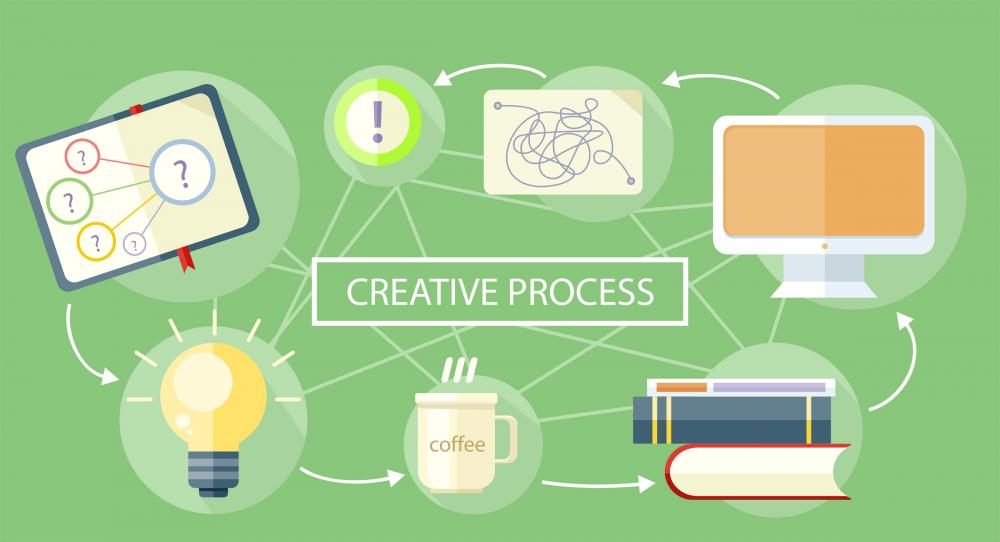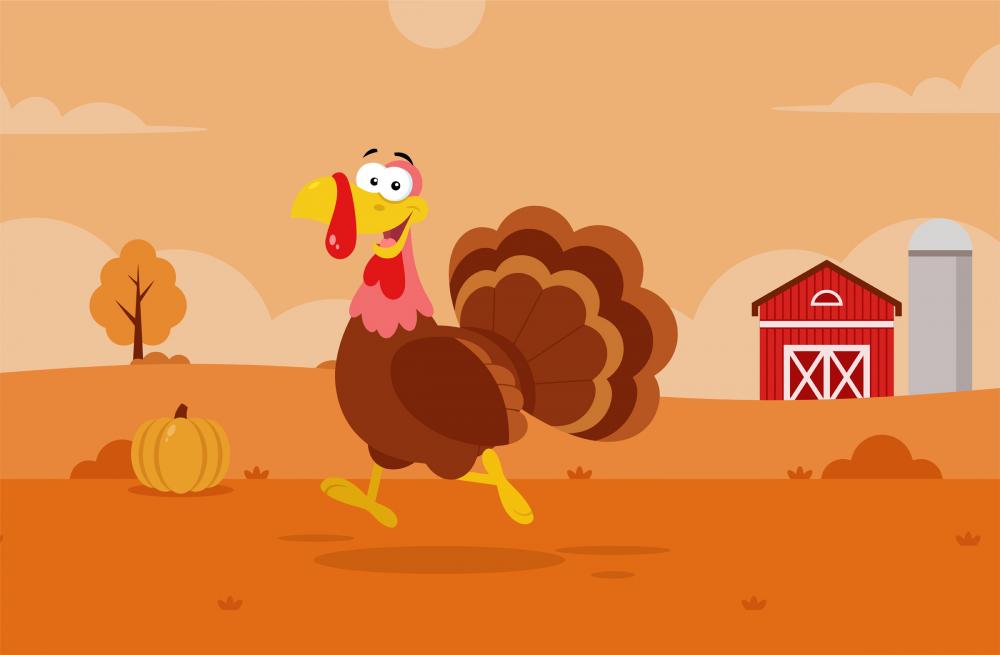Handling customer service and communications in the image business is seldom predictable. Questions are as varied as the people using them and the projects they create with them.
There are, however, some we get asked on a regular basis. For example, what the differences are between the web-ready files (JPG, PNG, GIF).
Sure, life is about choice, but from time to time it can be a little intimidating when you’re moving into unfamiliar territory. Generally, though, if you’re a novice, you can pass the buck on that aforementioned question. If you are using a professional designer or printer for your project, ask them what image format they prefer.
However, if you’re ready to take on the world of graphics on your own, then it can quite simply come down to preference. Here are some points to begin your education. JPGs are the most familiar of the formats. Actually, when it comes to photographs, rather than illustrations, they are the only option. Also, they will have a background 100 per cent of the time as they don’t support transparency. This link explains why:
wiki.answers.com Why JPGs Don’t Have a Transparent Background
So, you see, if it’s transparency you are looking for in your clipart images you would be best to try the PNG or GIF. Keep in mind, however, the latter has less depth of colour so is primarily used for websites, and neither offers a guarantee of a transparent background. The best option for that is a vector file which will, unless it has been created with a background that’s part of the design, be saved as a new file with a transparent background (where the file format permits it.) This, however, then opens up a whole new topic — the need for image editing software, such as Adobe Illustrator or CorelDRAW, top open vectors.
So, you can see that while there are a number of things to take into consideration, once you know about them and understand, the choice is simple. Here are some sites for more information on the web-ready illustrations:
Digital Inspiration JPG Versus PNG
How To Geek Differences Between JPGs, PNGs, and GIFs
WebDesign When To Use JPGs, PNGs, or GIFS for Your Web Design





